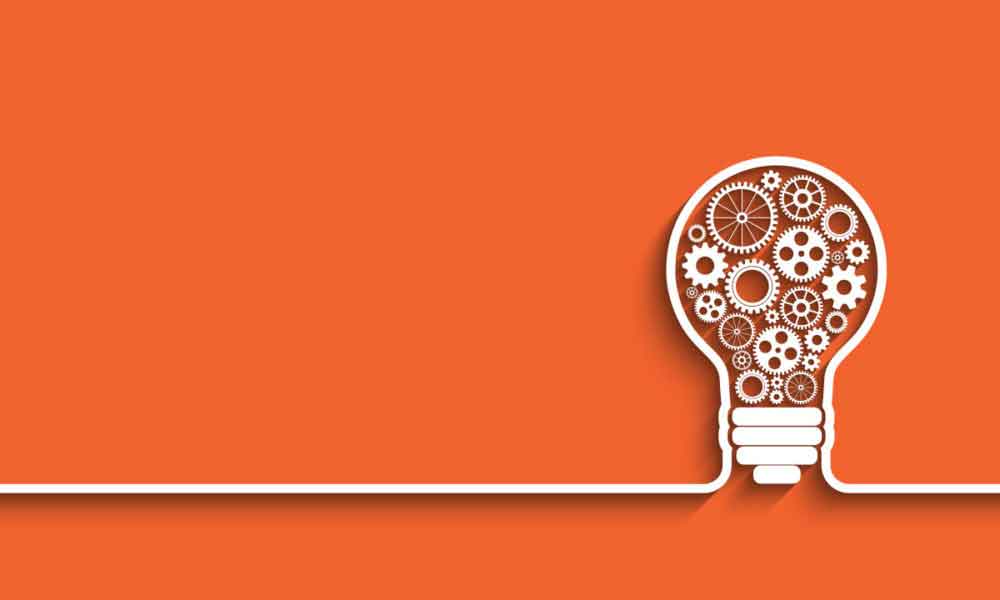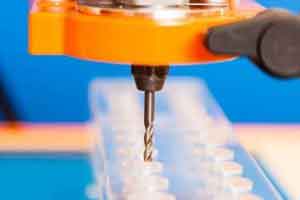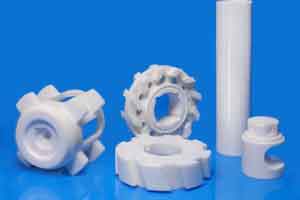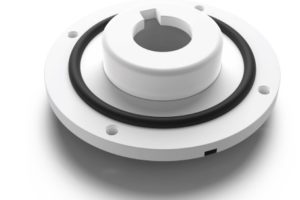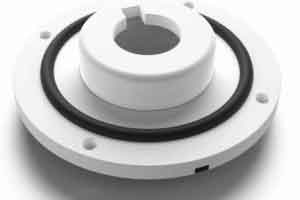Make the most of your product development process by following this guide and working with a rapid prototyping partner.
What is product development?
There is evidence of product development all around us: each object we interact with and encounter has been designed by an individual or a team. In other words, behind every product is a development process, which starts with an idea and ends in a commercial launch. In the following article, we’ll look at all of the product development steps, from idea to final production and launch, and consider how working with a professional rapid prototyping service such as RapidDirect can make the process easier, faster and cheaper.
Product development steps: from idea to market
1. Idea

At the genesis of any manmade thing is an idea. But that doesn’t mean that all ideas are good ones. In the product development process, the first thing you need is a good concept, one which considers who your target clientele is, what need the product fills and what size of market there might be. Whether you’re developing a smartphone case, a home appliance or a medical device, these questions are essential.
2. Research
With your product idea fully formed, you can then begin to think more about the competition. Questions like “who is already on the market with a similar product?” and “what does your product add to the existing market?” will help you determine the viability and marketability of your product. Importantly, knowing your competition can indicate how big of a market you are entering and help you to understand your client base.
3. Design
Once you have fleshed out your product idea with some research and context, the next phase is coming up with a design. While you may have created some rough sketches early on, the design stage takes these to the next level. The first design stage is the concept model, in which a manual drawing or virtual mockup illustrates what your product will look like. This can give investors or stakeholders a glimpse into what you are developing.
In the next design stage, you should take into account important factors like manufacturing (i.e. how will your product be made), product functionality and ergonomics. These insights will enable you to come up with a final design in the form of a 3D CAD model. This model, which can be evaluated for manufacturability using smart tools such as China Medical CNC Machining Inc.’s DfM Feedback, is critical to the next stage: prototyping.
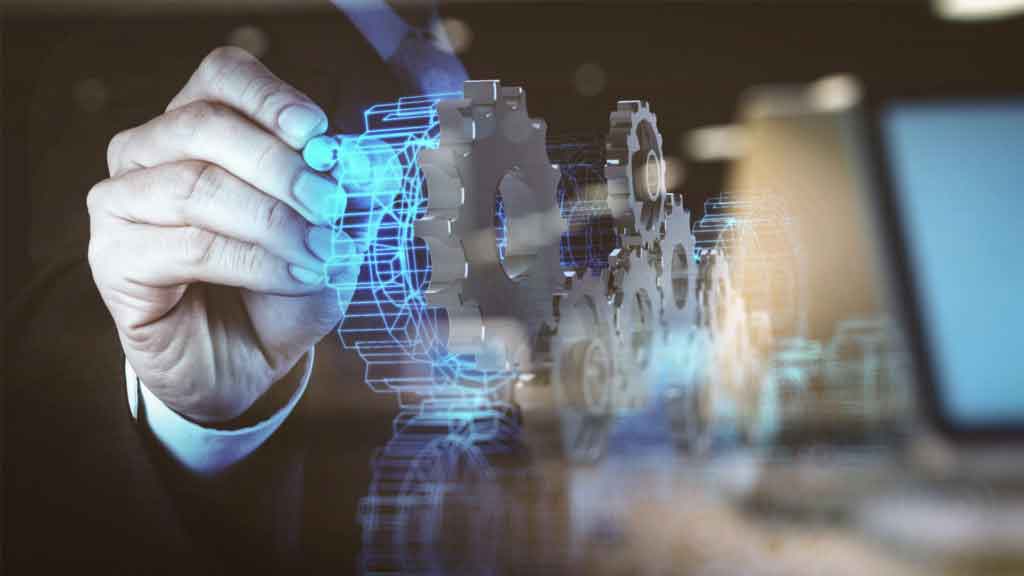
4. Prototyping
Arguably the most important stage, prototyping is where ideas are turned into physical products for the first time, taking to closer to product manufacturing. Depending on the product in question, you will likely be working with one of a selection of rapid prototyping processes, such as CNC machining, 3D printing or sheet metal fabrication. Each of these uses a CAD model as a basis to produce a one-off part, which can then be tested and updated depending on the developer’s need.
Working with a rapid prototyping service in the prototyping stage can give you more flexibility when developing your product, enabling rapid changes while keeping costs low. In other words, working with a partner like China Medical CNC Machining Inc. gives you access to state-of-the-art rapid manufacturing processes as well as skilled technicians without the capital investment.
Crucially, rapid prototyping processes can create a prototype that is near identical to the final product, giving you and your stakeholders an accurate representation of how your product will not only look, but also function. You can read more about the benefits of rapid prototyping here.
5. Testing
The testing and prototyping stages are intertwined in the product development process, and it is common for one to follow the other. In other words, a prototype may go into testing and have to be prototyped again if the results were not satisfactory.
The testing phase in prototyping is vital because it demonstrates the functionality of the product and its performance. Testing will vary depending on the product but can include load bearing tests, stress tests, ergonomic tests and user trials. If a design underperforms in this stage, rapid prototyping makes it easy to go back to the drawing board, integrate design changes and test out a new prototype all without adding significant lead times and, subsequently, costs.
6. Product Manufacturing
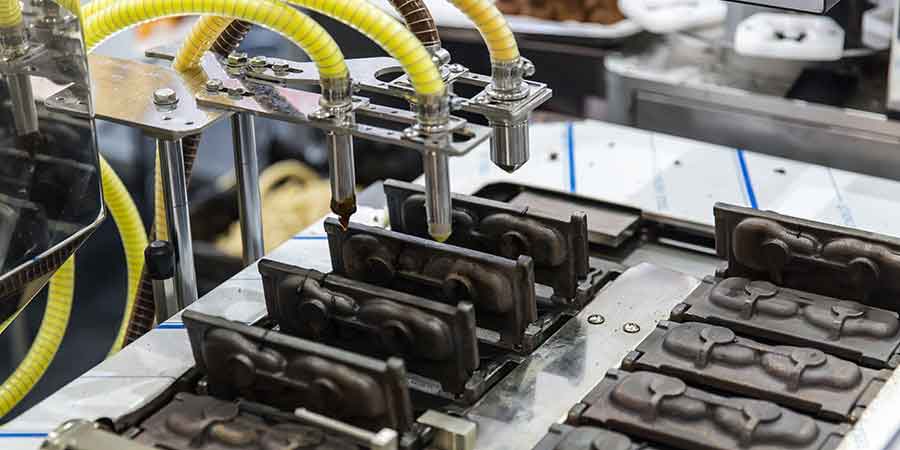
The length of the prototyping and testing phases will depend greatly on the product in question and the market it is intended for: for example, a medical device will undergo far more stringent testing than, say, a homeware product. But when the final prototype has been reached, it is time to move into the production stage. So the question is: how to get a product manufactured?
In some cases, your rapid prototyping partner may be able to handle low-to-medium production, facilitating the shift from prototyping to end-use manufacturing. If large volumes or mass production are required, you might have to find another partner. Often, once the prototyping stage is complete, customers will turn to injection molding for final production, as it is the most cost effective solution for large volume production. If this is the case, production services like China Medical CNC Machining Inc. can assist in manufacturing the molds or tooling to ease the transition from prototyping to final production.
7. Marketing and release
Once your physical product is ready, you will be nearing the end of your product development journey. However, there are still some important things to plan. Marketing for one. Ask yourself how you will introduce your product on the market and how you will sell it to consumers. Strategizing for this may involve more testing and feedback from end users and focus groups. When you have a marketing plan in place and your first run of products is complete, the product can finally be released onto the market and sold. And voila, your product has gone from idea, through production, to market.
Making the most of product development
Though we’ve laid out the product development process in seven seemingly straightforward steps, it is worth acknowledging that product development is no walk in the park. There are often challenges product developers face: from funding setbacks to design defects. On the whole, product development can be a time consuming and costly process. Fortunately, there are ways to mitigate the trials of product development. Rapid prototyping provides the agility needed to streamline and simplify product development—especially at the prototyping and testing stages.
Moreover, working with a skilled partner such as China Medical CNC Machining Inc. gives you access to cutting edge equipment and fast turnaround times—as quick as a few days—to keep costs and lead times down. Our team of skilled technicians is there to help you bring your product from idea to production. Get in touch with us now or request an online quote through our automatic quoting engine.
Share on social media...
Tags
Popular Topics
1
Understanding Plastic Fabrication Processes: A Complete Guide
Ayotomiwa Omotosho13 Feb
2
Ceramic CNC Machining: Another Option for Custom Manufacturing
Oluwafemi Adedeji13 Feb
3
The Overmolding Design Guide You Must Never Forget
Oluwafemi Adedeji13 Feb
4
What You Need to Know About the Overmolding Process
Paul Richard05 Feb

